The moon is rusting
The Earth is likely to blame

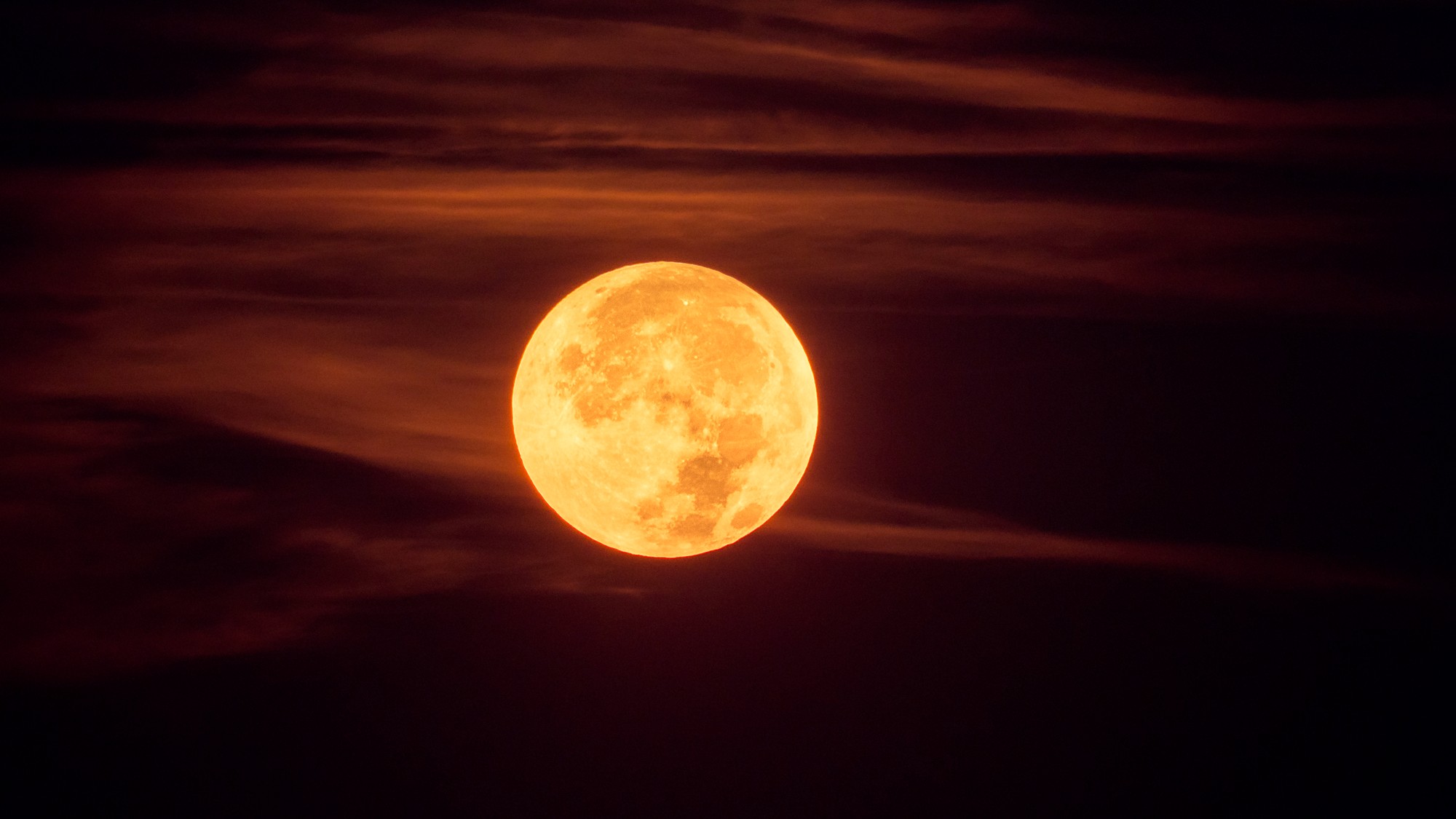
Like pipes, statues and nails, the moon can rust. Such rusting has occurred despite a seeming lack of necessary components — but all signs of blame point to the Earth. A new study posits that the relevant rust-forming particles are coming from the Earth’s atmosphere during a short period in the lunar cycle.
Building rust
Hematite, also known as rust, was first found on the moon in 2020 during India’s Chandrayaan-1 mission. The discovery puzzled scientists because rust is formed through the process of oxidation, which, like the name suggests, requires oxygen as well as water. But there is no oxygen on the moon and water is extremely limited. “It’s very puzzling,” Shuai Li, a researcher at the University of Hawaii, said to NASA in 2020. “The moon is a terrible environment for hematite to form in.” Now, new research shows the culprit may be the Earth. “Hematite can form when oxygen ions in Earth’s magnetosphere (Earth wind) are implanted into iron-bearing materials” on the moon, said a study published in the journal Geophysical Research Letters.
The Earth and the moon are usually “bathed in a stream of charged particles emanating from the sun,” said Nature. But for approximately five days out of the month-long lunar cycle, “Earth passes between the sun and the moon, blocking most of the flood of solar particles.” When this happens, the “moon is exposed mainly to particles that had been part of Earth’s atmosphere before blowing into space.” This is called Earth wind.
The Week
Escape your echo chamber. Get the facts behind the news, plus analysis from multiple perspectives.

Sign up for The Week's Free Newsletters
From our morning news briefing to a weekly Good News Newsletter, get the best of The Week delivered directly to your inbox.
From our morning news briefing to a weekly Good News Newsletter, get the best of The Week delivered directly to your inbox.
The Earth wind contains ions of nitrogen, hydrogen and oxygen from the planet’s atmosphere. These charged particles can “then embed themselves in the lunar soil and cause the chemical reactions required to create rust,” said The Independent. This still raises the question of where the water required for oxidation comes from. Water on the moon only really exists as ice at the poles, but researchers have come to believe that “hematite may have formed in those polar regions and later spread across the surface by some unknown process,” said Firstpost.
Varying reactions
The presence of rust on the moon is also intriguing because, while oxygen ions are needed to form hematite, hydrogen ions can undo the rust. Earth wind contains both kinds of ions. To test the effect of the hydrogen ions, researchers “irradiated hematite with both high-energy hydrogen, mimicking hydrogen found in Earth wind, and low-energy hydrogen ions, like those from the sun,” said Phys.org. They found that the “high-energy hydrogen ions are capable of reducing hematite back to metallic iron, while low-energy hydrogen ions are largely ineffective.” So, the amount of rust retained on the moon “depends on both the energy and the relative flux ratio of oxygen and hydrogen ions from Earth wind.”
These findings “provide valuable insights into the widespread distribution of lunar hematite and indicate a long-term material exchange between Earth and the moon,” said the study. While the evidence shows strong support for Earth wind as the cause of lunar rusting, lab conditions may not always fully emulate the environment of the moon. As a result, more research, preferably done on the moon itself, is needed to test the processes.
A free daily email with the biggest news stories of the day – and the best features from TheWeek.com
Devika Rao has worked as a staff writer at The Week since 2022, covering science, the environment, climate and business. She previously worked as a policy associate for a nonprofit organization advocating for environmental action from a business perspective.
-
 Metaverse: Zuckerberg quits his virtual obsession
Metaverse: Zuckerberg quits his virtual obsessionFeature The tech mogul’s vision for virtual worlds inhabited by millions of users was clearly a flop
-
 Frank Gehry: the architect who made buildings flow like water
Frank Gehry: the architect who made buildings flow like waterFeature The revered building master died at the age of 96
-
 Is MAGA melting down?
Is MAGA melting down?Today's Big Question Candace Owens, Tucker Carlson, Laura Loomer and more are feuding
-
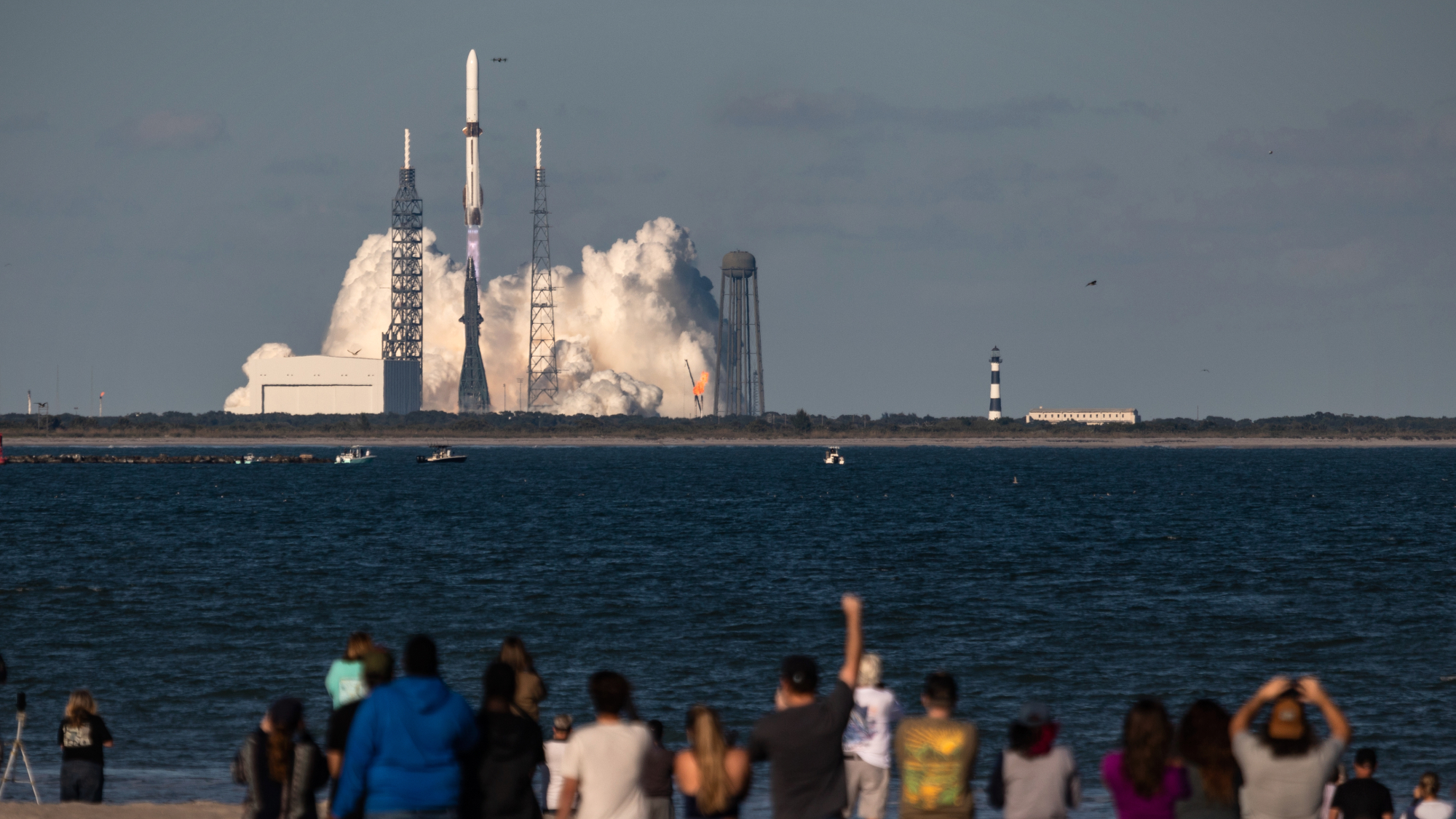 Blue Origin launches Mars probes in NASA debut
Blue Origin launches Mars probes in NASA debutSpeed Read The New Glenn rocket is carrying small twin spacecraft toward Mars as part of NASA’s Escapade mission
-
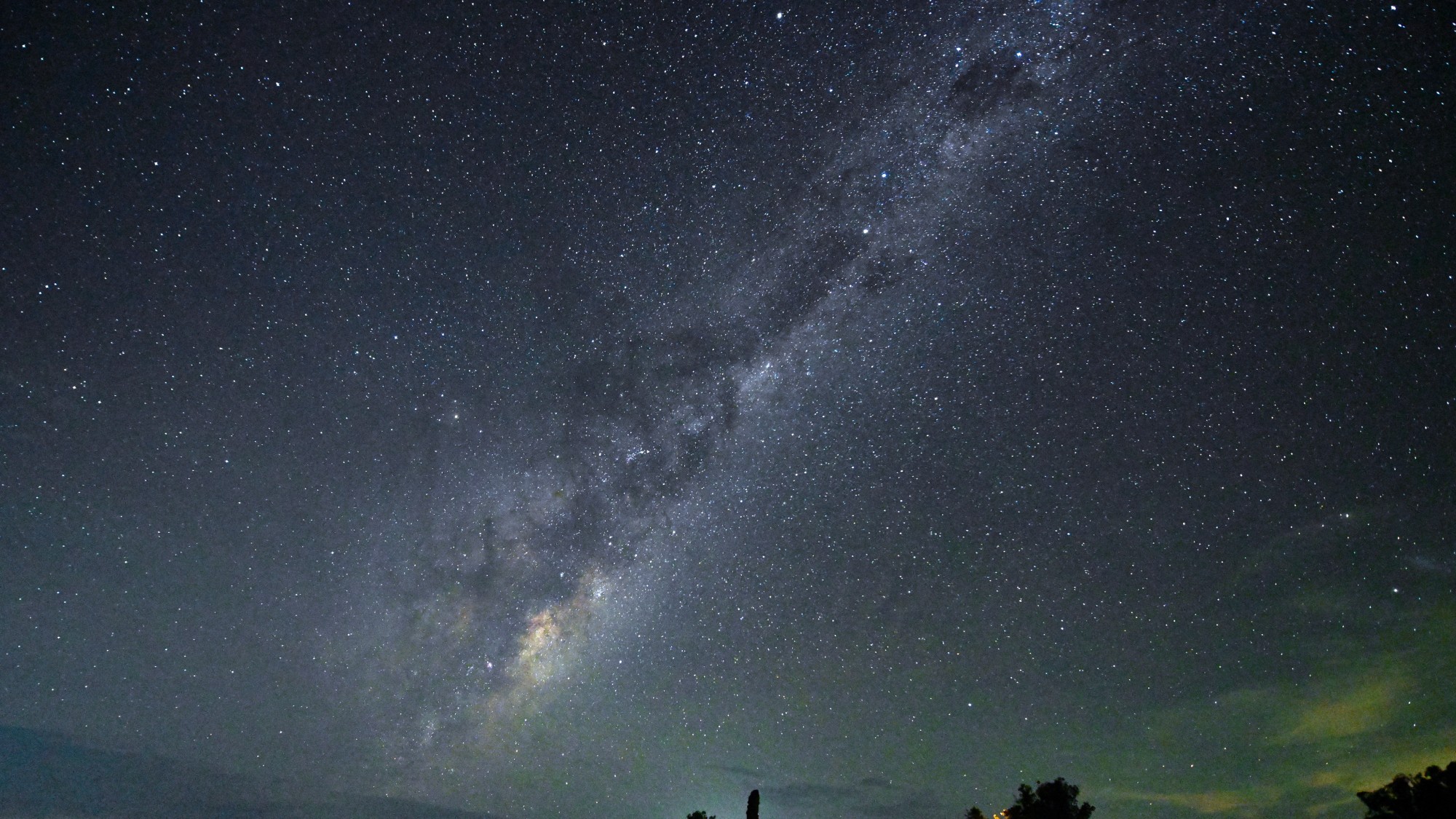 ‘The Big Crunch’: why science is divided over the future of the universe
‘The Big Crunch’: why science is divided over the future of the universeThe Explainer New study upends the prevailing theory about dark matter and says it is weakening
-
 Dinosaurs were thriving before asteroid, study finds
Dinosaurs were thriving before asteroid, study findsSpeed Read The dinosaurs would not have gone extinct if not for the asteroid
-
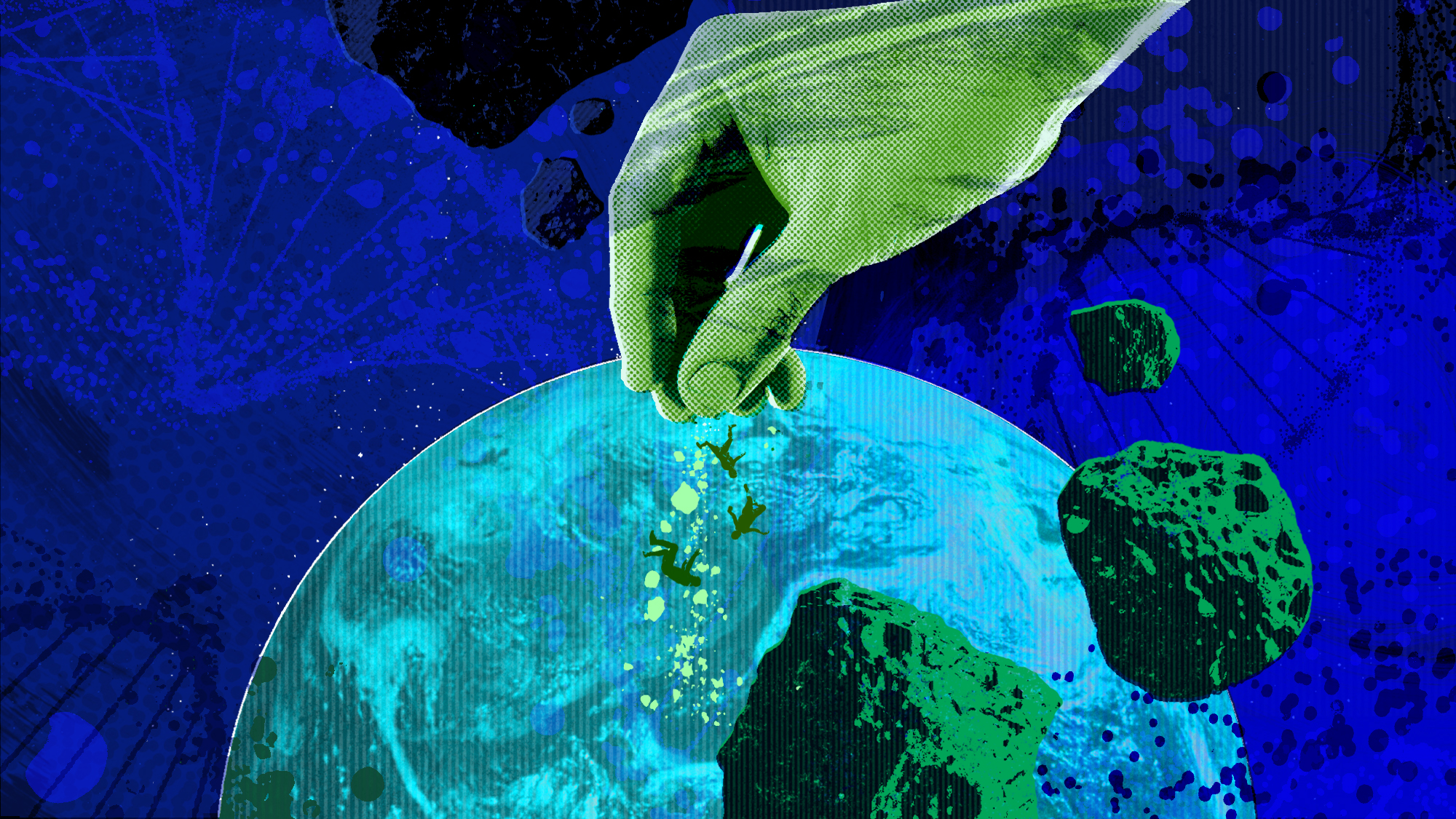 Panspermia: the theory that life was sent to Earth by aliens
Panspermia: the theory that life was sent to Earth by aliensUnder The Radar New findings have resurfaced an old, controversial idea
-
 Africa could become the next frontier for space programs
Africa could become the next frontier for space programsThe Explainer China and the US are both working on space applications for Africa
-
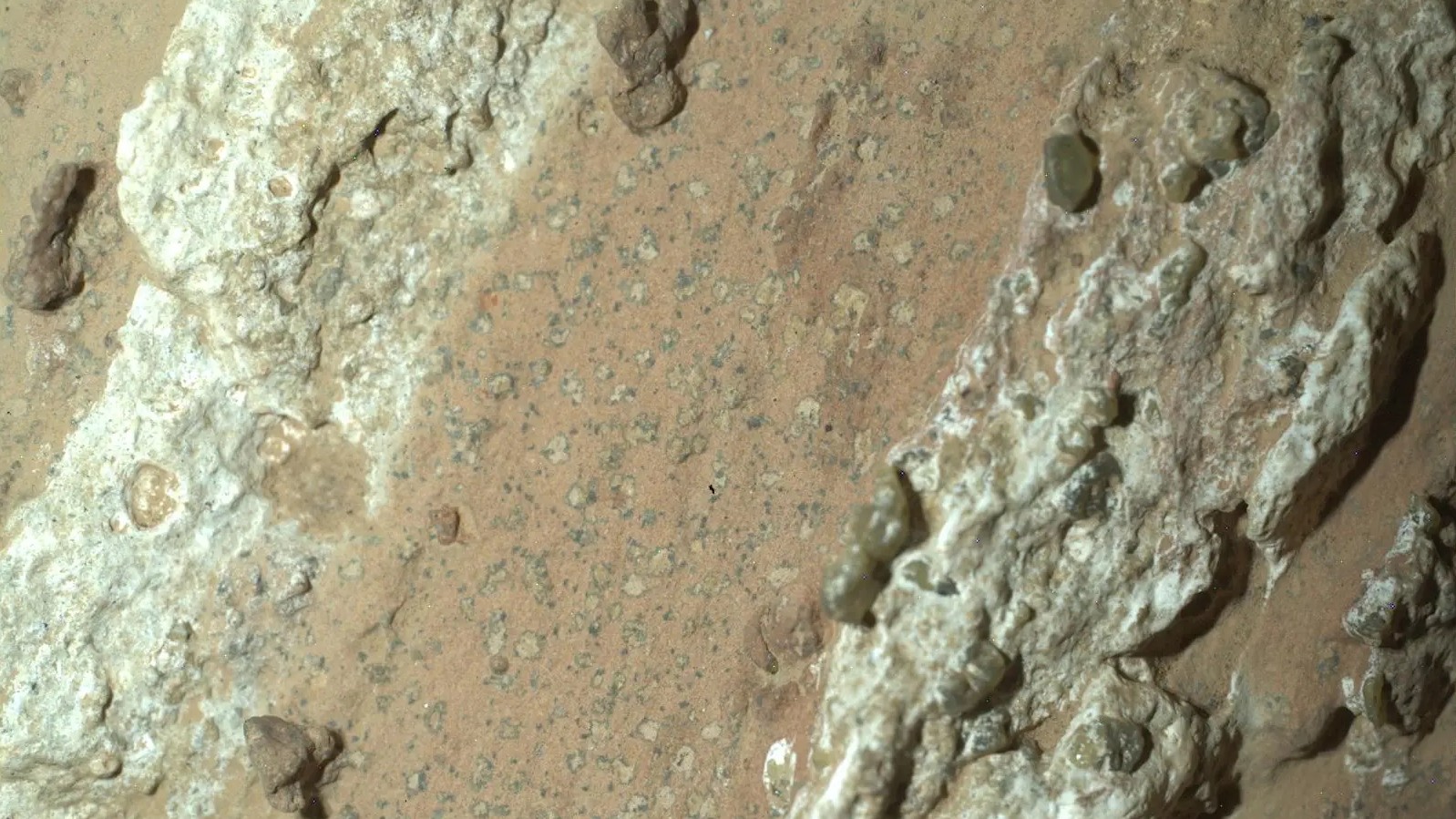 NASA reveals ‘clearest sign of life’ on Mars yet
NASA reveals ‘clearest sign of life’ on Mars yetSpeed Read The evidence came in the form of a rock sample collected on the planet
-
 Canyons under the Antarctic have deep impacts
Canyons under the Antarctic have deep impactsUnder the radar Submarine canyons could be affecting the climate more than previously thought
-
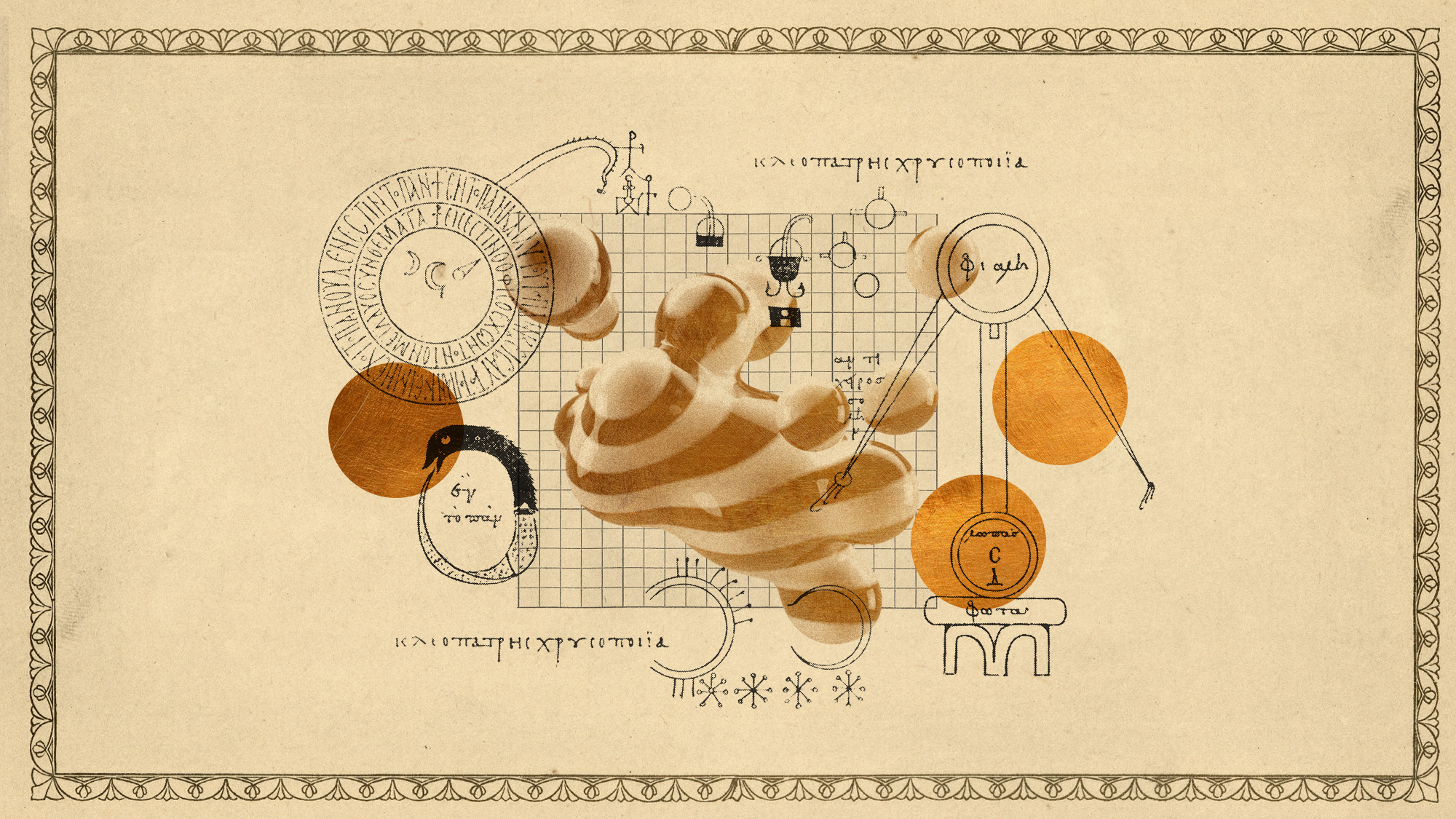 Atoms into gold: alchemy's modern resurgence
Atoms into gold: alchemy's modern resurgenceUnder the radar The practice of alchemy has been attempted for thousands of years
